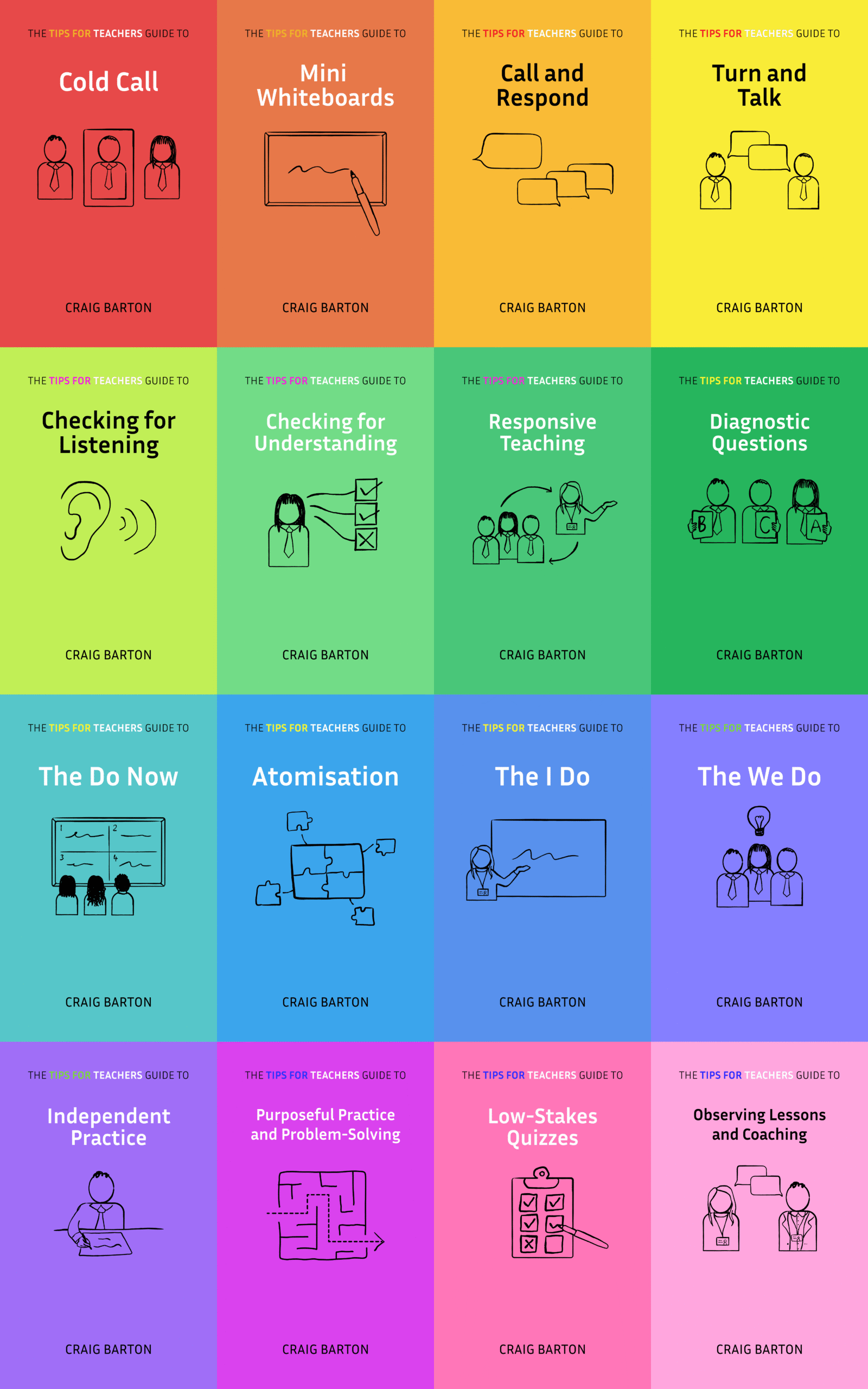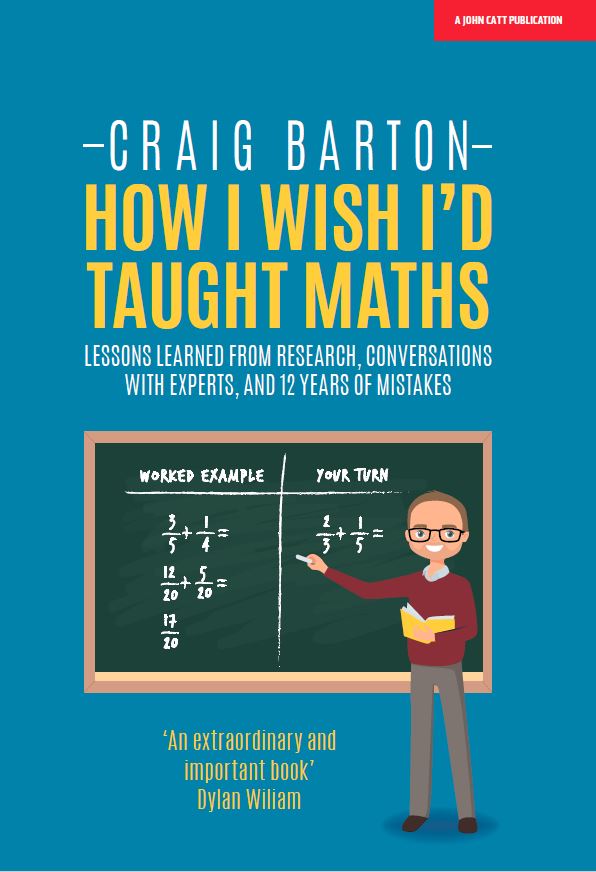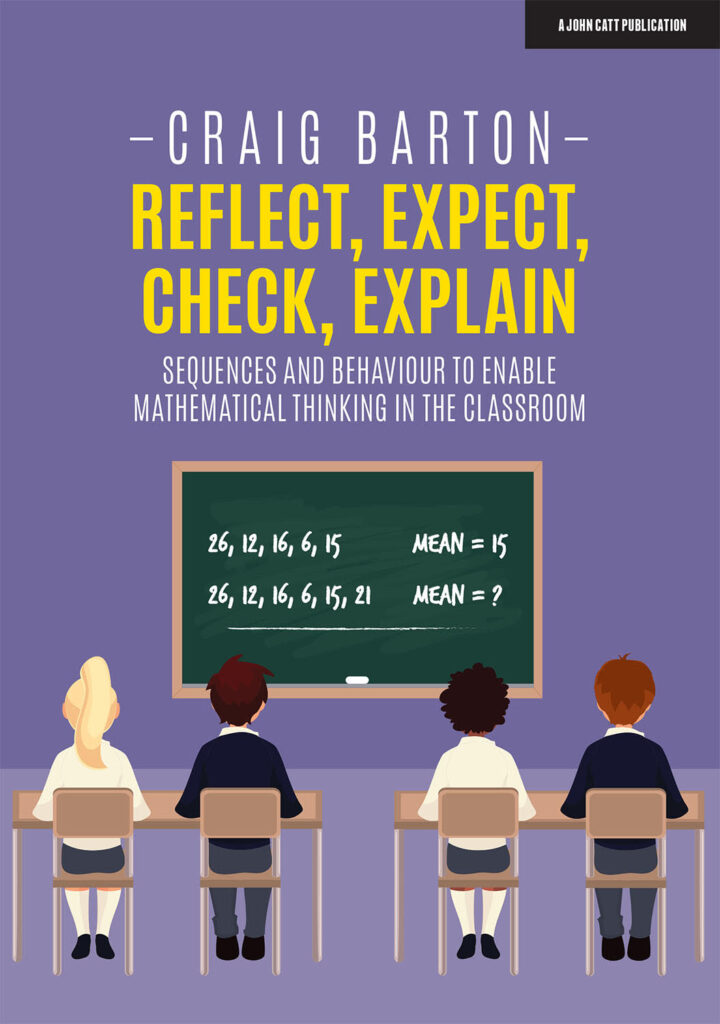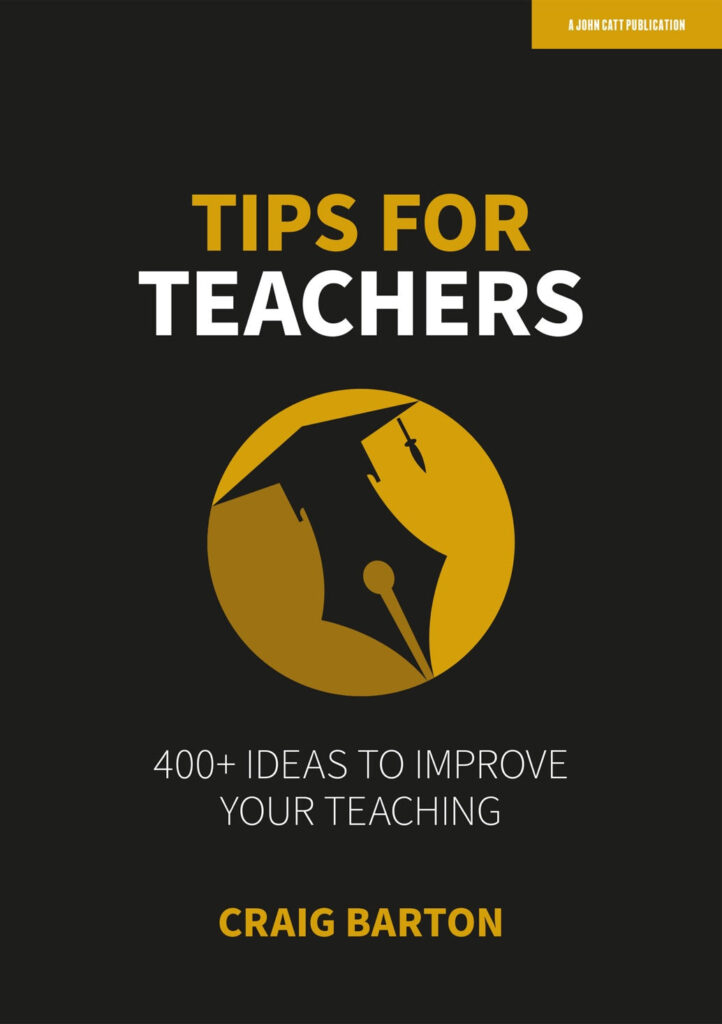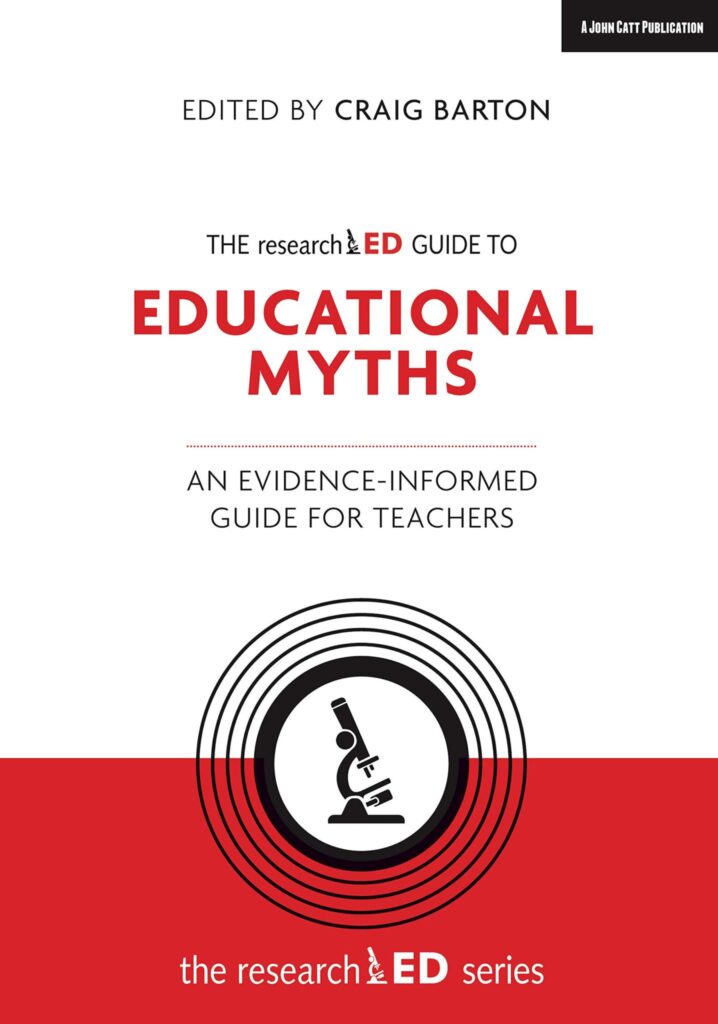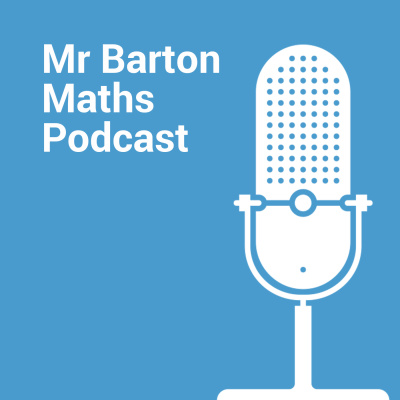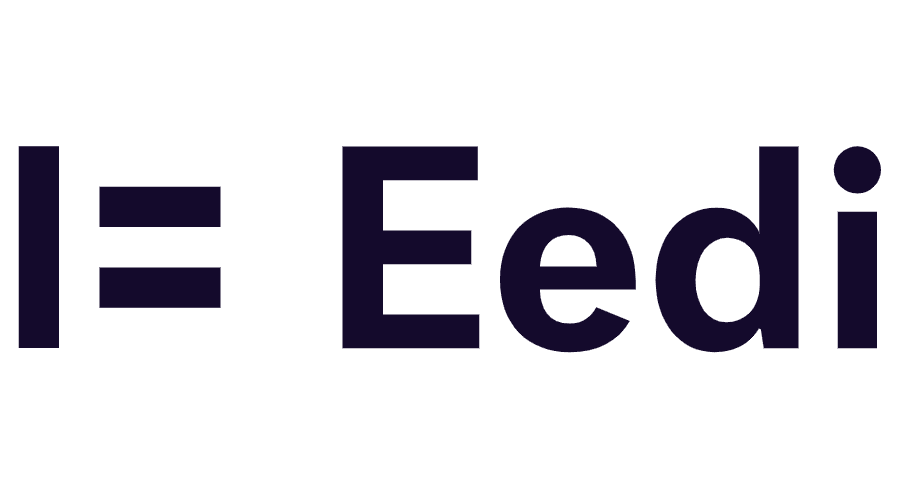
- Title: Leveling the playing field: Attention mitigates the effects of
- intelligence on memory
- Authors: Julie Markant and Dima Amso
- Access the original paper here
- Watch a summary video:
Paper summary
This study explores how attention influences memory encoding in children and adolescents, specifically examining the impact of different attentional mechanisms. The researchers utilized a spatial cueing paradigm to compare “facilitation,” which involves simple orienting, with “inhibition of return” (IOR), which includes both target selection and the suppression of competing information. Their findings indicate that engaging suppression during learning significantly enhances recognition memory, even counteracting the effects of individual differences in intelligence (IQ). When only basic orienting was present, IQ was the primary predictor of memory performance, but suppression mechanisms proved crucial for boosting memory accuracy, particularly for participants with lower IQs. These results suggest new avenues for educational techniques focused on improving memory by leveraging specific attentional processes.
If teachers remember one thing from this study, it should be…
If teachers remember one thing from this study, it should be that actively engaging students in “selection via suppression” significantly boosts memory encoding. This means enhancing relevant information while suppressing distractions, which notably improves learning, especially for students with lower IQs, effectively leveling the academic playing field.
***Paper Deep Dive***
What are the key technical terms used in the paper?
- Selection via suppression: An attention mechanism involving enhancing processing of attended stimuli and concurrently suppressing irrelevant or unattended information.
- Inhibition of Return (IOR): An attentional mechanism, typically elicited by a longer cue-to-target delay in a spatial cueing task, where attention is suppressed at a previously cued location, leading to faster responses to uncued locations.
- Facilitation: A basic orienting mechanism of attention, typically elicited by a very short cue-to-target delay, where attention is reflexively drawn to and remains engaged at a cued peripheral location, resulting in faster responses to targets there.
What are the characteristics of the participants in the study?
The study included 76 children and adolescents (7-17 years old, 33 M, 43 F) recruited from the community. Participants were screened to exclude those with diagnosed psychiatric disorders, uncorrected visual/auditory impairments, or preterm birth. Their IQ scores, assessed by WASI, ranged from 86 to 151, with similar means across conditions.
What does this paper add to the current field of research?
This paper uniquely demonstrates that selection via suppression enhances memory encoding in children and adolescents over longer time scales, not just short-term memory. Crucially, it reveals this mechanism counteracts individual differences in intelligence, boosting memory performance, particularly for children with lower IQs. This is the first such evidence for this age group.
What are the key implications for teachers in the classroom?
The study’s findings offer several key implications for teachers in the classroom:
- Prioritize “Selection via Suppression” for Enhanced Memory: Teachers should aim to design learning experiences that engage a mechanism called “selection via suppression.” This involves not only guiding students to focus on relevant information (excitation) but also helping them actively suppress or filter out irrelevant or distracting information (suppression). This dual process leads to more robust memory encoding compared to simply orienting attention to target information alone.
- Level the Academic Playing Field for All Students: Engaging selection via suppression is particularly impactful because it counteracts individual differences in intelligence. When this mechanism is active, it significantly improves recognition memory performance, especially among children with lower IQs, thereby diminishing the strong predictive power of IQ on memory performance that is typically seen when only basic orienting of attention occurs. This suggests that such strategies can help bridge achievement gaps stemming from varied cognitive backgrounds.
- Integrate Attention and Memory Training: Instead of treating attention and memory as separate skills, teachers should develop interventions and learning strategies that drive the coupling between attention and memory. Learning activities should intrinsically link focused attention with the process of forming and retaining knowledge.
- Implement “Online Learning Strategies that Engage Controlled Selective Attention”: The research suggests that “online learning strategies that engage controlled selective attention” can boost fundamental learning and memory skills throughout the school years. These are strategies that encourage ongoing, active control over what students attend to and what they ignore.
- Focus on the Quality of Attention, Not Just Overt Engagement: The study found that simply spending the same amount of time looking at target items did not guarantee equal encoding efficacy; the underlying attentional mechanism (facilitation vs. suppression) was critical. This means teachers should look beyond whether a student is just “looking at” the material and consider if they are actively engaging the more effective suppressive attentional processes.
These implications highlight that educational techniques promoting active suppression of distractions, in addition to directing attention, can significantly enhance learning and memory for all students, with particular benefits for those who might otherwise struggle academically.
Why might teachers exercise caution before applying these findings in their classroom?
Teachers might exercise caution because the study’s participants were “highly functioning,” and the authors note that future studies need to replicate these findings with a broader sample, especially children with lower IQs. The controlled laboratory setting of the study may also differ significantly from a dynamic classroom environment.
What is a single quote that summarises the key findings from the paper?
Specifically, we show that selection mechanisms involving suppression have the power to boost memory encoding, effectively counteracting individual differences in intelligence.
